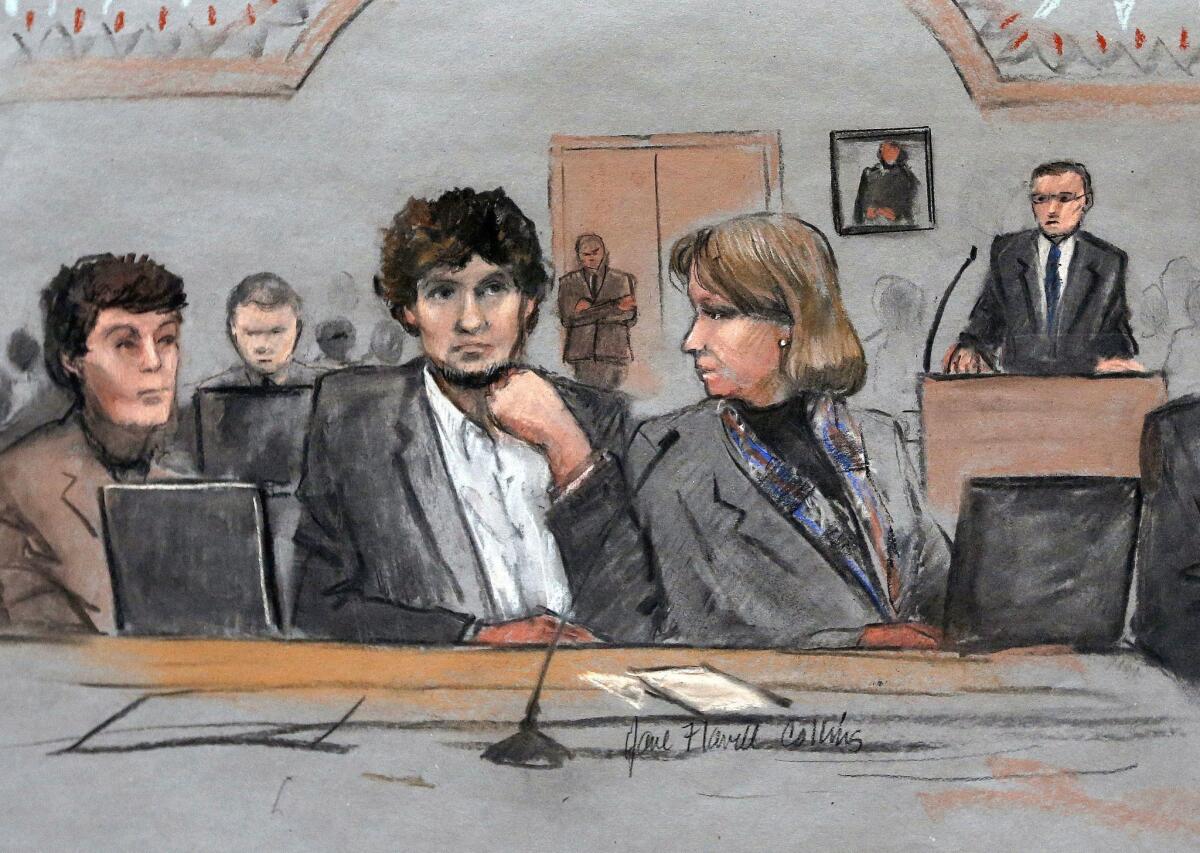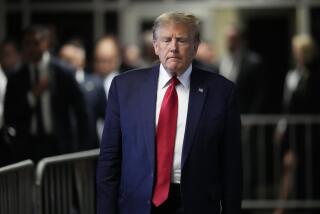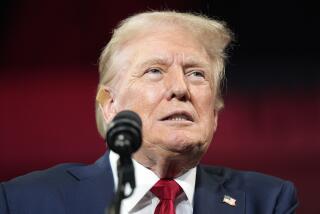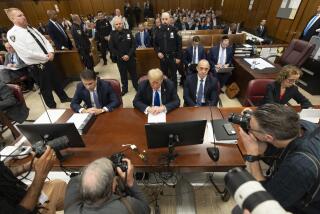Boston Marathon defense team rests; verdict is likely next week

Dzhokhar Tsarnaev is depicted between defense attorneys Miriam Conrad, left, and Judy Clarke during his trial in Boston.
- Share via
Reporting from Boston — Lawyers for Dzhokhar Tsarnaev rested their case Tuesday after calling just four witnesses, setting the stage for a possible verdict as early as next week.
The short defense case focused on persuading jurors that Tsarnaev’s late older brother, Tamerlan, was chiefly responsible for the April 2013 Boston Marathon bombings that killed three people and wounded more than 260 others. Their evidence included the elder Tsarnaev’s detailed computer searches about how to build pressure-cooker explosives, his fingerprints on bomb parts.
Their presentation came in sharp contrast to the government’s, in which federal prosecutors brought 92 witnesses to the stand during the first four weeks of the trial and presented multiple images of Dzhokhar Tsarnaev walking near the marathon’s finish line and placing one of the two bombs near a family with young children, one of whom was killed.
With both sides finished with testimony and evidence, U.S. District Judge George A. O’Toole Jr. set Monday for closing statements, excusing the jury until then. A verdict is expected quickly, as the defense has conceded their client participated in the attacks.
If he is convicted, the case would move to a punishment phase, where Tsarnaev could face death or life in prison without parole.
Defense attorneys, led by Judy Clarke and Miriam Conrad, maintain that he was a pawn of his older brother, whom they portray as the mastermind of the worst terrorist attack on U.S. soil since Sept. 11, 2001.
On Tuesday, the defense had Mark Spencer, a digital forensics expert and owner of Arsenal Consulting in Chelsea, Mass., take the jury through some of Tamerlan Tsarnaev’s computer history and his keen interest in militant Islamist literature and making bombs.
Using a Samsung computer under the user name “Umar,” the defendant’s brother reviewed material from Inspire magazine, a publication of Al Qaeda’s branch in Yemen, Al Qaeda in the Arabian Peninsula; and lectures by Anwar Awlaki, an American-born leader of the group who was killed in a U.S. drone strike, Spencer said. The magazine provided detailed instructions on how to safely construct a pressure-cooker explosive, Spencer said.
In the week before the bombings, Spencer testified, Tamerlan Tsarnaev also searched on his computer for information about “fireworks firing system” and “detonator.” He searched for “gun stores” in Salem, Mass., and in New Hampshire. And he sought out details about the annual marathon.
He further searched for information about a “Ruger P95.” Before the bombings, the brothers acquired a Ruger pistol from a friend of Dzhokhar’s. During a shootout with police in nearby Watertown, Mass., days after the bombings, Tamerlan fired the Ruger at officers and was killed. Police recovered a computer backpack and Tamerlan’s hard drive at the scene.
Dzhokhar was arrested the next evening, hiding in a boat in a backyard nearby. The FBI also scoured his computer, a Sony with the user name “Anzor.”
Under cross-examination, Spencer acknowledged that he could not say for sure who used the computers belonging to the two brothers, or whether anyone else had access to them. “Generally speaking, that’s fair to say,” he said.
Spencer said Dzhokhar Tsarnaev also sometimes reviewed “material I understand to be jihadist,” specifically a post titled “The Call for Jihad.” He likewise had searched for information about the marathon, including after the explosions, Spencer said.
The defense also called Elaina Graff, an FBI fingerprint expert, who said most of the items she reviewed were marked with Tamerlan’s fingerprints.
She said a transmitter, a 2-inch pressure-cooker lid and a jar of nails recovered by authorities had Tamerlan’s fingerprints, but not Dzhokhar’s. She said another shard from the bombs had six prints tied to Tamerlan, but also two of Dzhokhar’s. She added that a caulking gun and duct tape used to build the bombs carried Tamerlan’s prints alone.
The government rested its case Monday, and defense lawyers called two witnesses that afternoon.
Gerald R. Grant Jr., a forensics investigator, said cellphone records show Dzhokhar Tsarnaev was not with his brother when Tamerlan purchased BBs for bomb components and two large backpacks in which to hide the pressure-cooker bombs.
Defense attorneys also called an FBI photographer, who identified several pictures taken moments before the blasts. They sought to show that their client did not purposely target members of the Richard family at the finish line. Martin Richard, 8, was killed and his sister, Jane, 6, lost a leg.
In excusing the jury until Monday, O’Toole advised them that he and the lawyers “need a few days to organize and make sure” that everything is ready for closing statements.
Those issues include formalizing jury instructions, and a series of pending legal motions.
In one motion, the defense asks the judge to dismiss the entire 30-count indictment against Tsarnaev, which includes 17 capital murder charges. They contend that the government overcharged their client and did not prove other allegations against the 21-year-old former college student.
They further argue that Tsarnaev should not be held responsible for a police officer wounded in the Watertown shootout. They say witness testimony and other evidence indicates the officer could have been accidentally shot in the crossfire with other officers.
Twitter: @RickSerranoLAT
More to Read
Sign up for Essential California
The most important California stories and recommendations in your inbox every morning.
You may occasionally receive promotional content from the Los Angeles Times.











